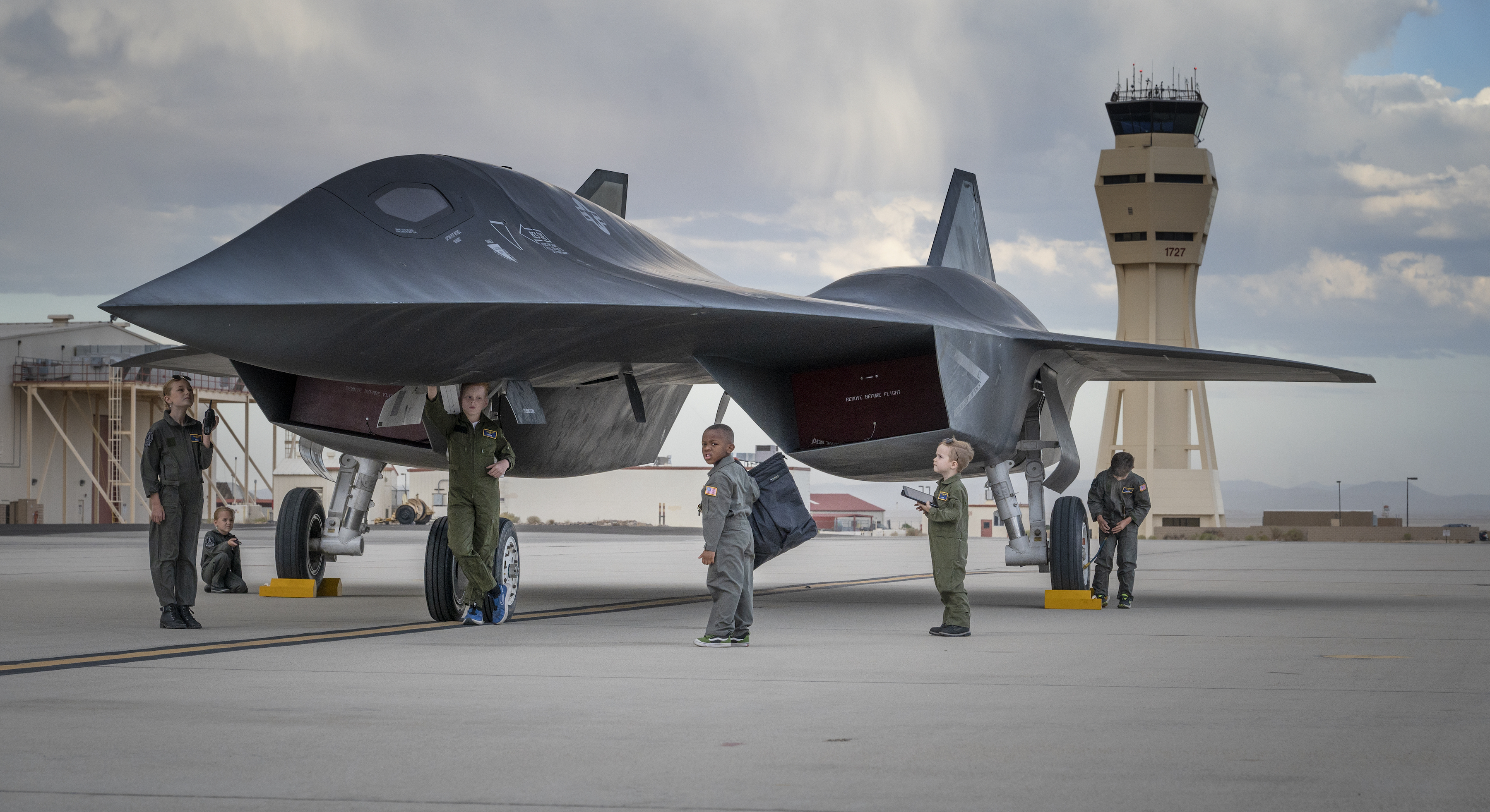
NASA’s renewed focus on hypersonic flight technology represents a significant step forward in aerospace engineering, with the potential to address various challenges in transportation, defence, and scientific research. This blog explores the implications of hypersonic flight advancements and the specific challenges NASA aims to overcome.
Hypersonic Flight
Hypersonic flight refers to speeds greater than Mach 5, or five times the speed of sound. This technology has the potential to revolutionize air travel, enabling aircraft to cover vast distances in a fraction of the time currently required. However, achieving and maintaining such speeds presents numerous technical challenges.

Key Challenges
1. Uncertainty Quantification
One of the primary challenges in hypersonic research is the estimation of uncertainty in-vehicle systems and research problems. NASA has developed methodologies to guide decision-making by identifying fundamental research areas that can reduce performance uncertainty. This is crucial for ensuring the reliability and safety of hypersonic vehicles.
2. Propulsion System Transition
Another significant hurdle is the transition between different propulsion modes. NASA is working on turbine-based combined cycle technology, which involves using turbine engines at lower speeds and transitioning to scramjets for hypersonic speeds. This technology aims to establish autonomous control and performance assessment methodologies for future reusable hypersonic propulsion systems.
3. Combustor Efficiency
Improving the efficiency of fuel combustors is essential for the development of large ramjets needed for commercial hypersonic flights. NASA is focused on developing improved combustor scaling laws that will support the design of high-speed combustors, including those that utilize green fuels. This advancement is vital for reducing environmental impacts and enhancing fuel efficiency.
Potential Solutions
1. Faster Travel Times
The most immediate benefit of hypersonic flight is the drastic reduction in travel times. For instance, a flight from New York to London could potentially take under an hour, transforming global travel and commerce.
2. Enhanced Military Capabilities
Hypersonic technology also has significant implications for national defence. The ability to deploy hypersonic vehicles can enhance military response times and provide strategic advantages in various scenarios, including reconnaissance and rapid troop deployment.
3. Scientific Research Opportunities
Hypersonic flights can facilitate advanced scientific research, particularly in atmospheric studies and space exploration. By simulating conditions at the edge of space, researchers can gain insights into aerodynamics, materials science, and the effects of extreme environments on various systems.
Conclusion
NASA’s renewed efforts in hypersonic flight technology aim to tackle critical challenges in uncertainty quantification, propulsion systems, and combustor efficiency. The potential solutions offered by these advancements could revolutionize air travel, enhance military capabilities, and open new avenues for scientific research. As NASA continues to push the boundaries of aerospace technology, the implications of successful hypersonic flight could be profound and far-reaching.
Read more on Lifetips.blog














